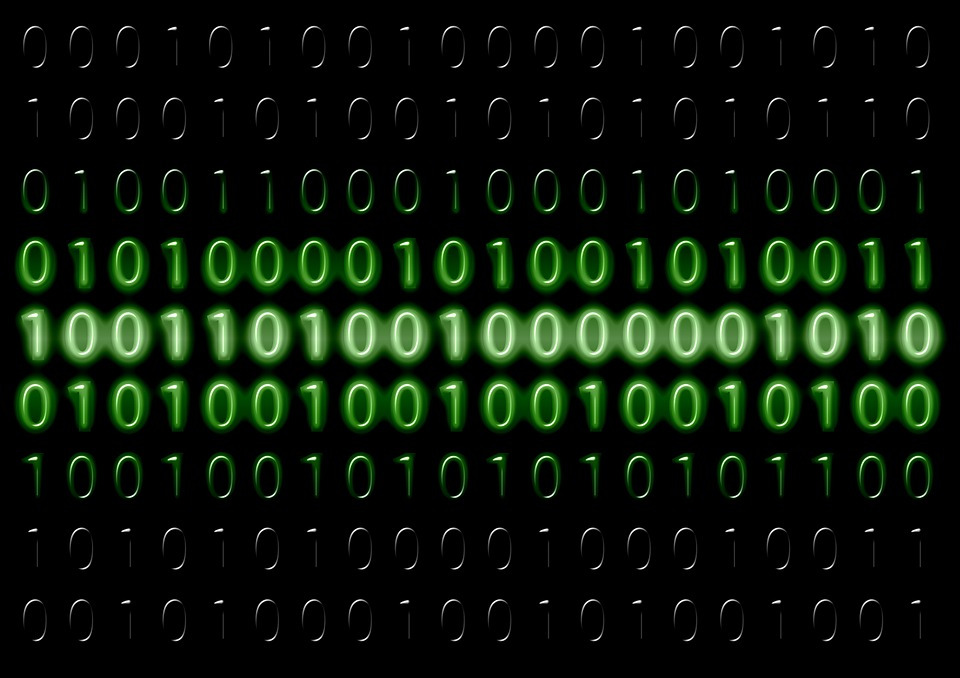Discover how Deep learning is used by traders to invest, arbitrage, hedge or speculate on financial markets.
Deep learning, towards intelligent and autonomous trading programs?
Deep learning is a sub-field of machine learning, a cutting-edge artificial intelligence technology that is particularly well suited to the problems of financial markets.
Deep blue (developed by IBM) and its victory against the world chess champion Garry Kasparov in 1997, then AlphaGo (developed by Google Deepmind) and its victory against the world champion of the game of Go Lee Sedol in 2015, computer programs establish over the years new and more impressive performances.
But for now, although a majority of trading is already automated in the financial markets, the victory of the machine over the human is not yet absolute. Nevertheless, new artificial intelligence technologies such as Deep learning could well replace traders in the future. Explanations.

What is Deep learning?
By definition, Deep learning is an artificial intelligence technology that allows computer programs to analyze large amounts of data to extract knowledge autonomously.
As an evolution of Machine Learning, Deep Learning differs from it by its “self-learning” character. Indeed, whereas a Machine Learning program will need human assistance to acquire knowledge, a Deep Learning program will be able to carry out its learning alone and continuously.
To do this, Deep learning programs rely on mountains of data, but also and above all on a programmable artificial neural network largely inspired by the functioning of the human brain.
NB: A neural network is a computer network made up of a set of layers of algorithms that can process simple or complex information.
Deep learning applied to trading
“A good analogy for understanding how deep learning works is to imagine that the computer program is the rocket engine, and the data is the fuel.” Andrew Ng, Associate Professor in the Department of Computer Science at Stanford University.
With this quote, it’s simple to understand the critical importance of data in achieving meaningful results. Indeed, without enough fuel, the rocket will not take off…
Because of this central role of data, Deep learning is in a favourable position in the financial markets where data flows freely and where data stocks are certainly among the largest in the world.
Quantitative analysts (Quants) can indeed capitalize on these mountains of available data to develop their various algorithms, parameterize them, run them and then optimize them.
However, in the context of Deep learning, all the work of managing the programs disappears and only the initial development work remains. Once a deep learning program is launched, it is in fact autonomous to make its own decisions and adjust its various parameters continuously.
With the deployment of Deep learning programs, the work of quantitative analysts would be considerably impacted, and that of traders would simply be replaced.
Indeed, if Machine learning programs applied to Trading are currently content to assist the Trader in researching and identifying certain market scenarios (or even to advise him in making certain decisions), Deep learning programs are not content to augment the Trader, but rather seek to surpass him.
Thus, a Deep Learning program could (thanks to its self-learning character and the gigantic databases at its disposal) manage to “beat the market” by making predictions that are more efficient than humans and than current trading algorithms.
The limits of Deep Learning
More reliable, faster, more accurate than the Trader… Do Deep learning programs have a weak point that can leave a chance to the human? For the moment, yes.
First of all, Deep learning technology is currently facing the limits of classical computing because of the large computing capacities required to run the programs.
Last summer, a group of researchers from MIT alerted the scientific community to the limits of this technology, whose recent progress is currently mainly obtained thanks to advances in computer science.
The main hopes for new radical progress are now based on the advances offered by quantum computing, whose colossal power could take deep learning into a new dimension.
However, due to the high level of investment required, these applications of deep learning to the financial markets could remain within the closed circle of the world’s largest banks and investment funds, the only players capable of investing the millions necessary to develop and perfect such solutions.
For an individual trader, assuming such fixed costs (unavoidable in the current state of technology) remains unfortunately out of reach at the moment. And we will probably have to wait a few more years for efficient solutions to be democratized, as was the case with the automatic trading platforms.
Besides the purely technical aspect, there is also the question of the efficiency of the financial markets and the capacity of a solution to beat the market in a significant way.
Indeed, assuming that a Deep Learning program will one day manage to beat the best Traders, what would a market composed only of intelligent algorithms look like?
Finally, although Deep Learning programs can be extremely efficient, they do not explain their way of thinking and therefore remain true “black boxes”.
In fact, it is legitimate to wonder about the trust that investors could have in these autonomous programs, and how this trust could be maintained if a program starts to behave in a priori irrational and dangerous way…
Whatever the outcome of this technological confrontation, one thing is certain: new technologies have a lot to offer the world of finance, and knowing how to take advantage of them, particularly by using automatic trading technologies, is essential today if we hope to develop a sustainable competitive advantage on the financial markets!
It would be good to have the option to run basic input through models using PRT somehow.